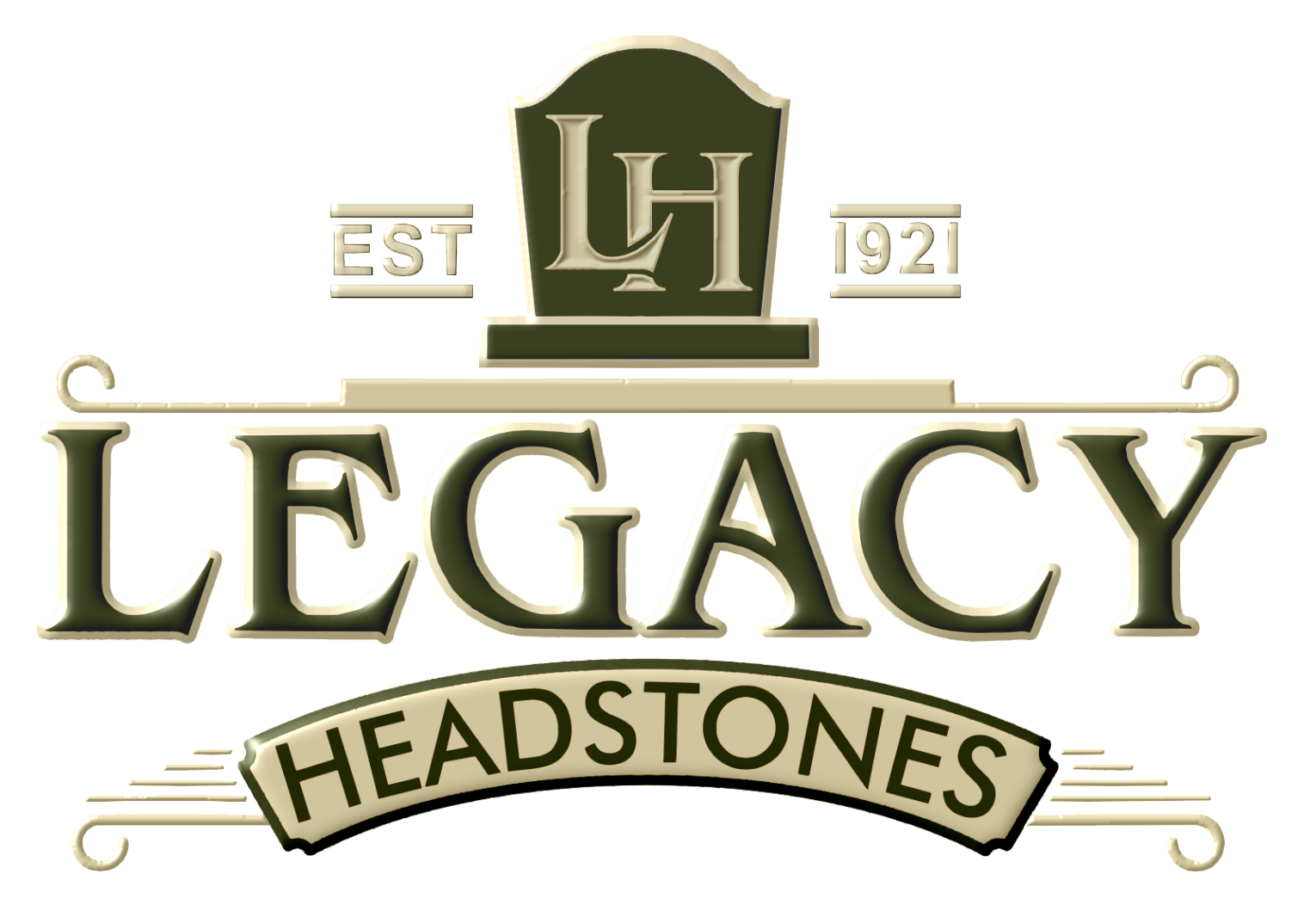Funeral rites are as old as mankind itself. Every culture and civilization has a unique way of attending to their dead, and many of those traditions have survived to this day. The three most common funerary forms include some type of ceremony, funeral rite, or ritual. Most communities designate a sacred place for the dead and commemorate the dead with memorials. With close to a century of experience in the funerary industry, the historical significance of funerals is of great interest to us. In this article, we examine the history of funerals and how they have changed over the course of millennia.
History of Funerals
Today’s funerary practices are changing fast, but traditions in other parts of the world can often endure for centuries or millennia. Some of the earliest evidence of burial can be traced back to the Neanderthals. They paid their respects to the dead by placing flowers on their chests before burying them in caves or shallow graves with tools or bones.
Much of what we know about ancient cultures can be defined by their burial customs. Concern for the dead typically transcended daily life. During the Bronze and Iron Ages, people throughout Europe and Scandinavia created grave fields, which started small but eventually grew to feature large rows of graves. Around the same time, many ancient civilizations began building elaborate cemeteries with tombs and monuments. These necropolises have been found throughout Egypt, Greece, and parts of Iran.
Though cremation may seem like a contemporary innovation, various cultures have practiced immolation throughout history. Researchers estimate that cremation began as early as the Stone Age. Pyre burials were prevalent in India Scandinavia, Russia, and parts of Europe. Sati is an outlawed practice in which a widow would throw herself on the funeral pyre to follow her husband into the afterlife. The Norsemen practiced ship burials and cremation to venerate deceased chieftains and warriors. Cremation was also the preferred choice for Celts of the British and Irish islands.
Funeral practices would also depend on location or availability of resources. In the mountains of Mongolia and Tibet, people believed that death left the body devoid of a soul. Instead of a burial, they quartered deceased bodies and left them on top of the mountains so that they could return to the soil. Humans have also used grave markers to demark one grave from another, and the earliest headstones were usually made of wood. It wasn’t until the Medieval period that stonemasons and carpenters began using soft rocks, which had to be small enough to be carried to a gravesite by animals and men. Medieval gravestones did not last long, because the stones were soft and prone to erosion.
By the Victorian era and Civil War, grave markers began to take thin, rectangular shapes for lack of cemetery space. Civil War soldiers were often memorialized in stone tombs made of granite, because it was readily available through most of New England and other parts of America. After the Industrial Revolution, we began bridging the gap between fabrication methods of the past and fabrication methods of the future. Headstones were primarily cut and polished by hand until the rapid codification of fabrication techniques. Gravestone specialists began using machines to cut and finish stone with perfect regularity. As a result, consumers gained a variety of shapes and customization choices.
The word “funeral” derives from the Latin term “funus,” which was used in reference to the dead or corpses. Modern funerals traditionally take place at a funeral home, church, crematorium, or cemetery. Certain religions will also host memorial services or closed-casket visitations. Funeral ceremonies are usually officiated by a clergy, rabbi, or some nondenominational representative. These services are also accompanied by readings, music, floral arrangements, and other decorations. Although funerals have changed significantly throughout history, the human preoccupation with death and funeral rites allows many traditions to live on to this day. If you have any questions about this article, please contact Legacy Headstones for additional information or further assistance.

